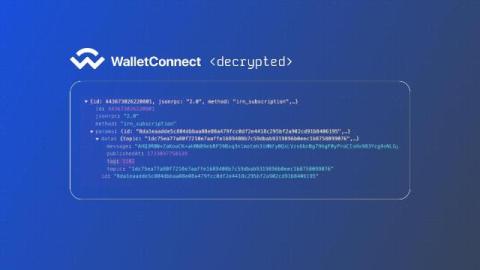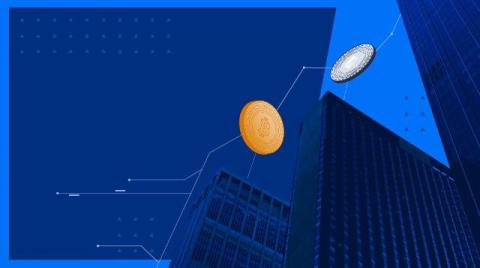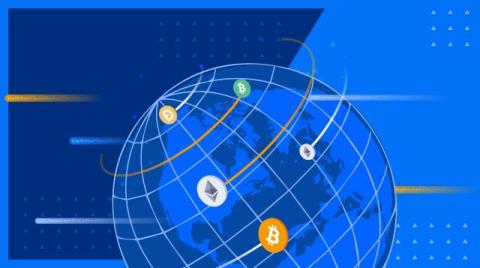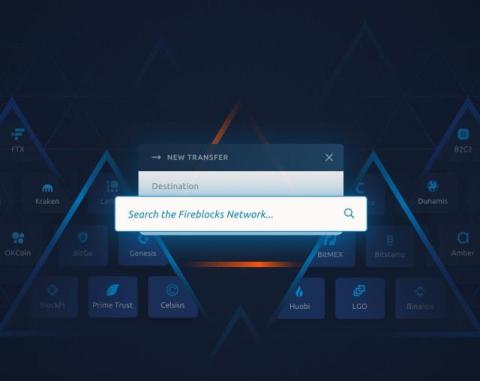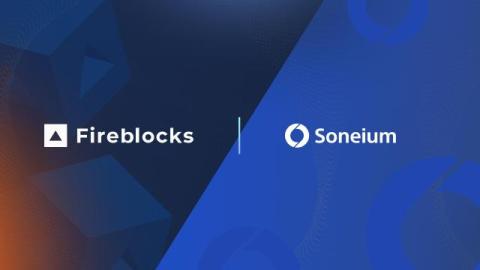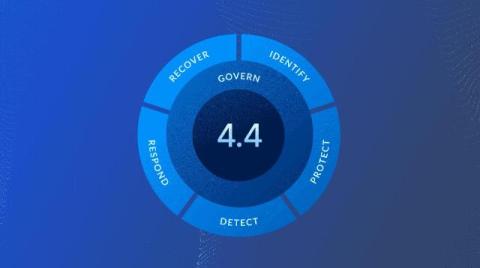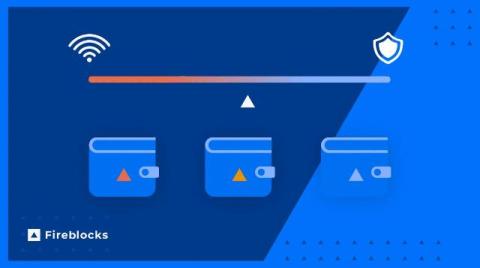Decrypting WalletConnect Messages: A Guide for Developers
Decentralised Finance (DeFi) is redefining the utility of financial services by opening up access to lending, trading, and yield generating without relying on traditional intermediaries. To execute on DeFi strategies, seamless wallet connectivity is essential. To make this possible, Fireblocks has integrated with WalletConnect. In this blog, we’ll outline how the team has approached investigating issues related to WalletConnect sessions.


